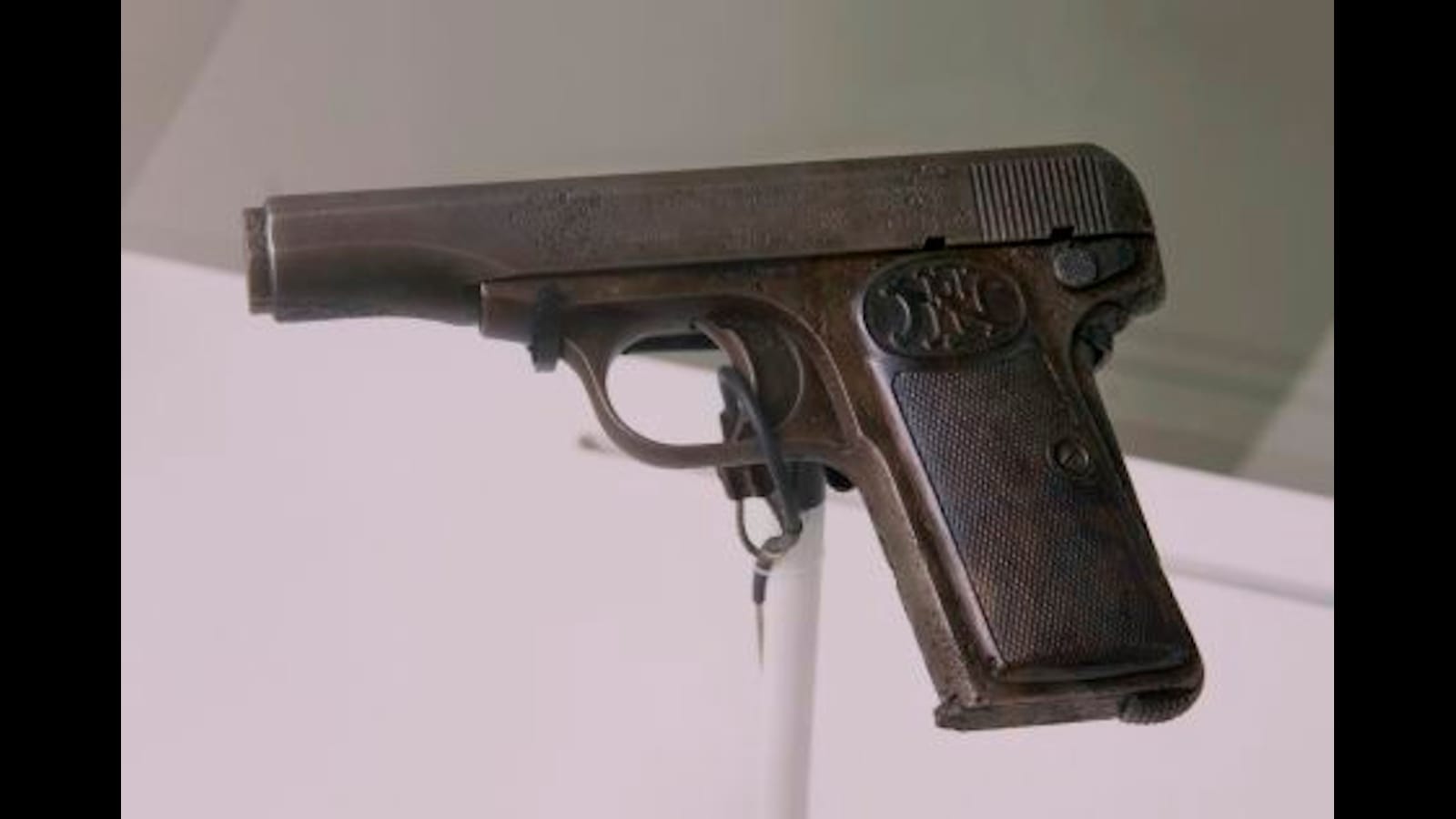A tragedy I know too well: The assassination of Franz Ferdinand, 110 years on.
With as often as I've read about this famous 1914 event, I feel like I was actually there.

One hundred and ten years ago today, on June 28, 1914, Archduke Franz Ferdinand, heir to the throne of Austria-Hungary, was assassinated in Sarajevo. This murder, which far eclipses media circuses such as the Leopold-Loeb murder or the O.J. Simpson case as truly deserving the title “crime of the century,” was the precipitating incident that led to the outbreak of the First World War about a month later. World War I seems like such ancient history nowadays that I doubt there will be many observances or memorials of the assassination. But it is truly one of the turning points of modern world history. Almost nothing that has come in the 110 years since would have happened in quite the same way without it. Yes, a large-scale European conflict was inevitable in about 1914, but that doesn’t mean that the Ferdinand assassination doesn’t matter, or can be considered fungible with any other potential trigger of the war that one can dream up. It’s still vitally important today. We shouldn’t forget it.
I feel like I know this tragedy more intimately than I would like to. As a historian and a history teacher I’ve known about it for as long as I can remember, but there’s a difference, I’ve found, between knowing about a historical event and truly knowing it in an almost personal way. I had to revisit the details of the assassination last fall when I made, for my YouTube channel, not one but three videos that springboard from it: “The Fall of the Monarchies,” the main video, and still my longest; the companion explainer piece on the “July Crisis” that the assassination precipitated; and a just-for-fun video debunking the oft-repeated myth that the assassination occurred because Gavrilo Princip, the Bosnian nationalist who shot Ferdinand and his wife, was only in the right place because he stepped into a restaurant to get a sandwich. As a result I’ve read so many accounts of the assassination that I feel like I was there on the corner where it happened.
The political intrigues that led Princip to commit the crime are too Byzantine and convoluted to go into here. (See my videos for that). Suffice it to say, this youth—he was only 19—was one of a squad of terrorists dedicated to rubbing out Austria-Hungary’s visiting heir as a means of provoking his government to crack down hard on the rebellious province of Bosnia and Herzegovina, which they thought would jump-start a militant pan-Slavic independence movement. Princip, a junior member of the gang, never intended to ignite a major European war. Indeed he seemed quite bewildered by the course of events that he set in motion. Having freely admitted his crime and his motivations in various interrogations and even at his trial, Princip coughed the rest of his short life away in a dank prison cell in Prague until his death in the spring of 1918. The assassination was the defining moment of his short and sad life. What he wanted politically, a pan-Slavic country or “Yugoslavia,” did come to pass, but he wasn’t around to enjoy it, if enjoy is even the right word.

There are many myths about the assassination that are curiously hard to eradicate in the public consciousness. The false notion of Princip’s sandwich stop is a fairly recent one, having been invented by the Brazilian author of a historical novel published only in this century, 2001, and then cribbed into a BBC documentary a few years later. It’s the kind of endearing “Bet you didn’t know!” sort of factoid that, if it had been invented a few decades earlier, might have wound up on Paul Harvey’s infamously fact-free but enormously influential radio show The Rest of the Story. There’s another myth about the assassination, that it happened because the car in which the Archduke and his wife Sophie were traveling—they were in a motorcade of six vehicles for a parade through downtown Sarajevo—supposedly didn’t have a reverse gear, and when the driver made a wrong turn the process of trying to turn around afforded Princip his opportunity to walk up and shoot Ferdinand. That is false. The car, a 1911 Gräft & Stiftopen touring car, obviously had a reverse gear, but it did take a while for the driver to engage it. I don’t know how that myth got into the public bloodstream, but I’ve encountered it several times.


